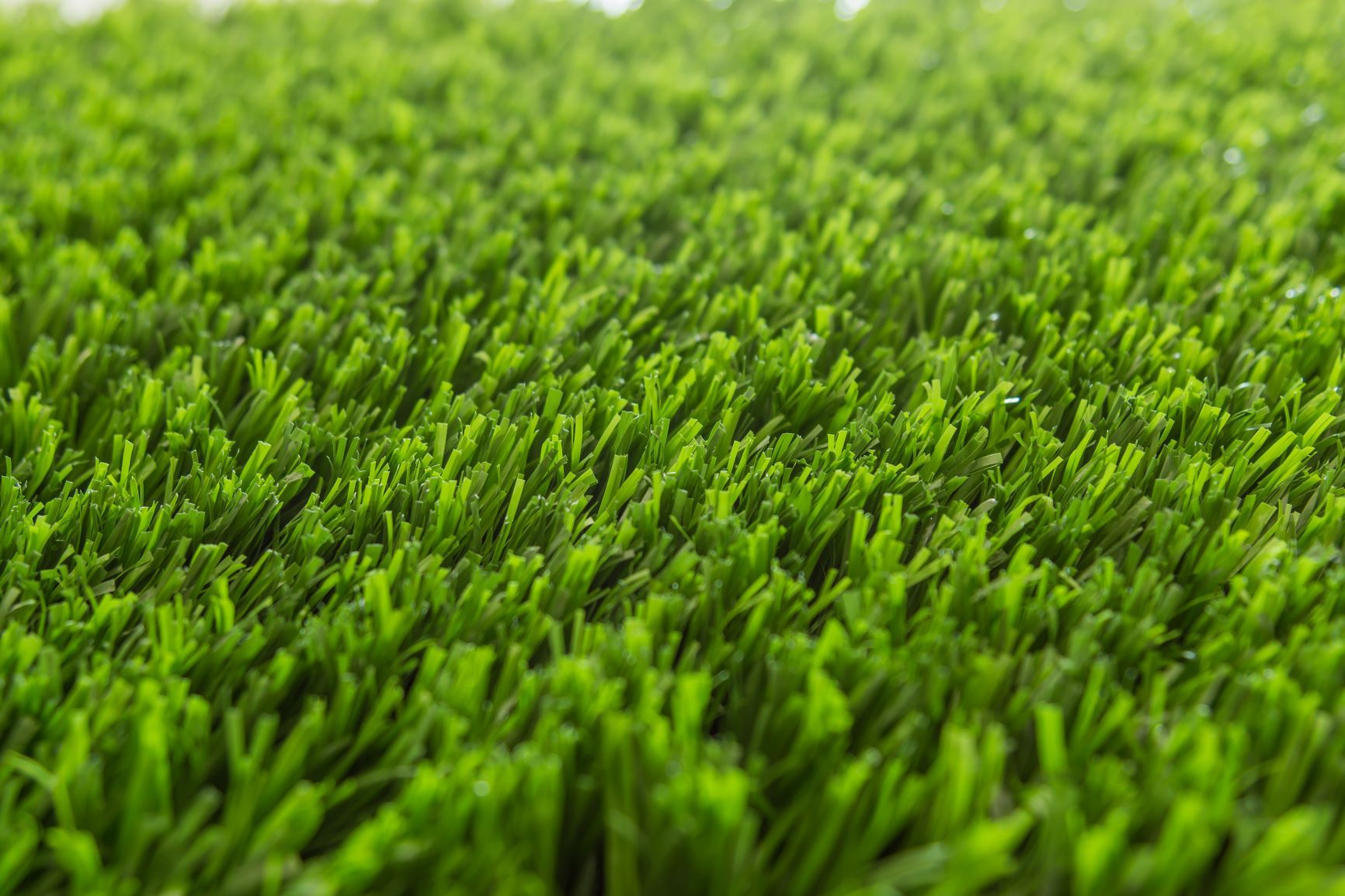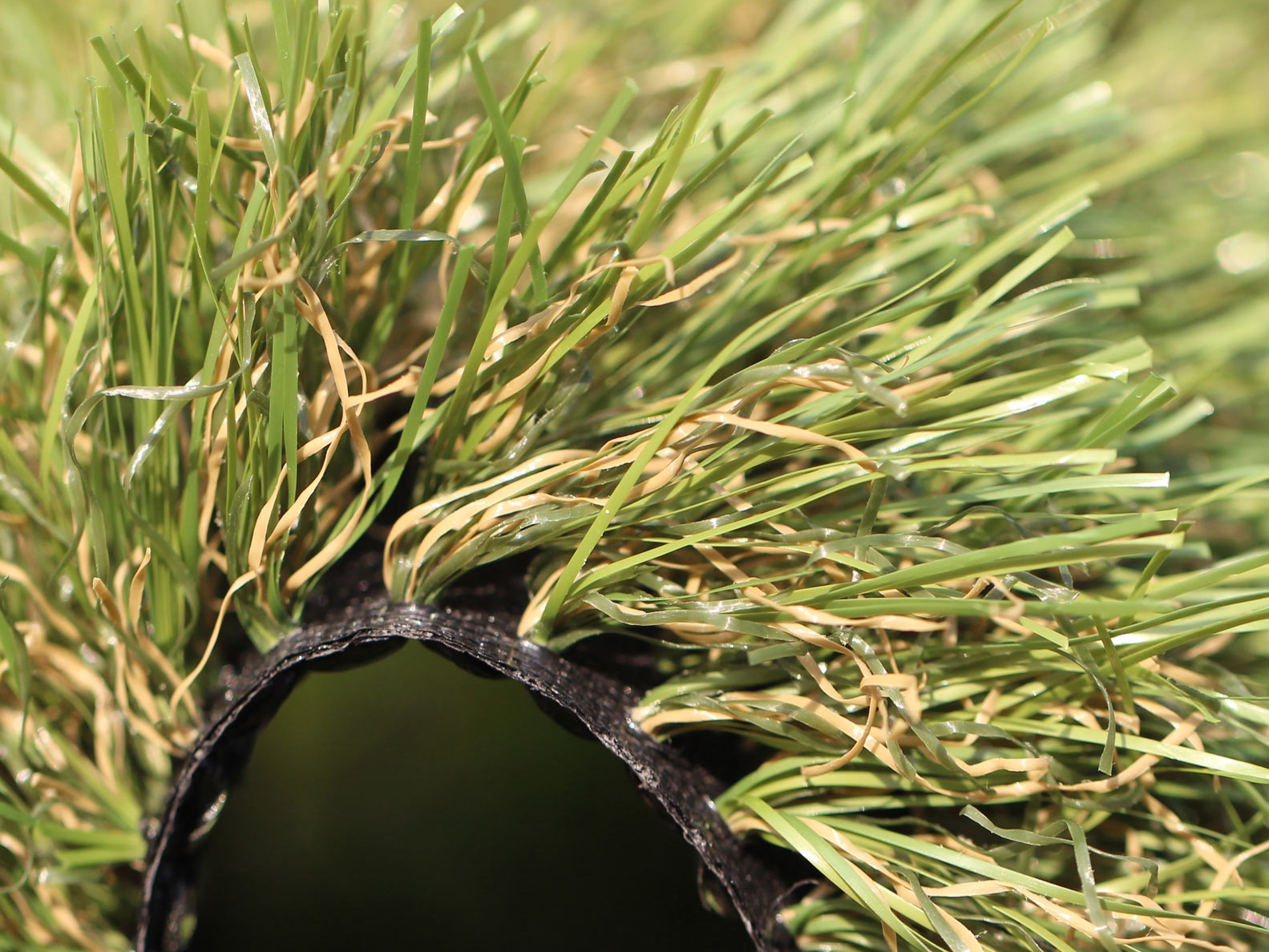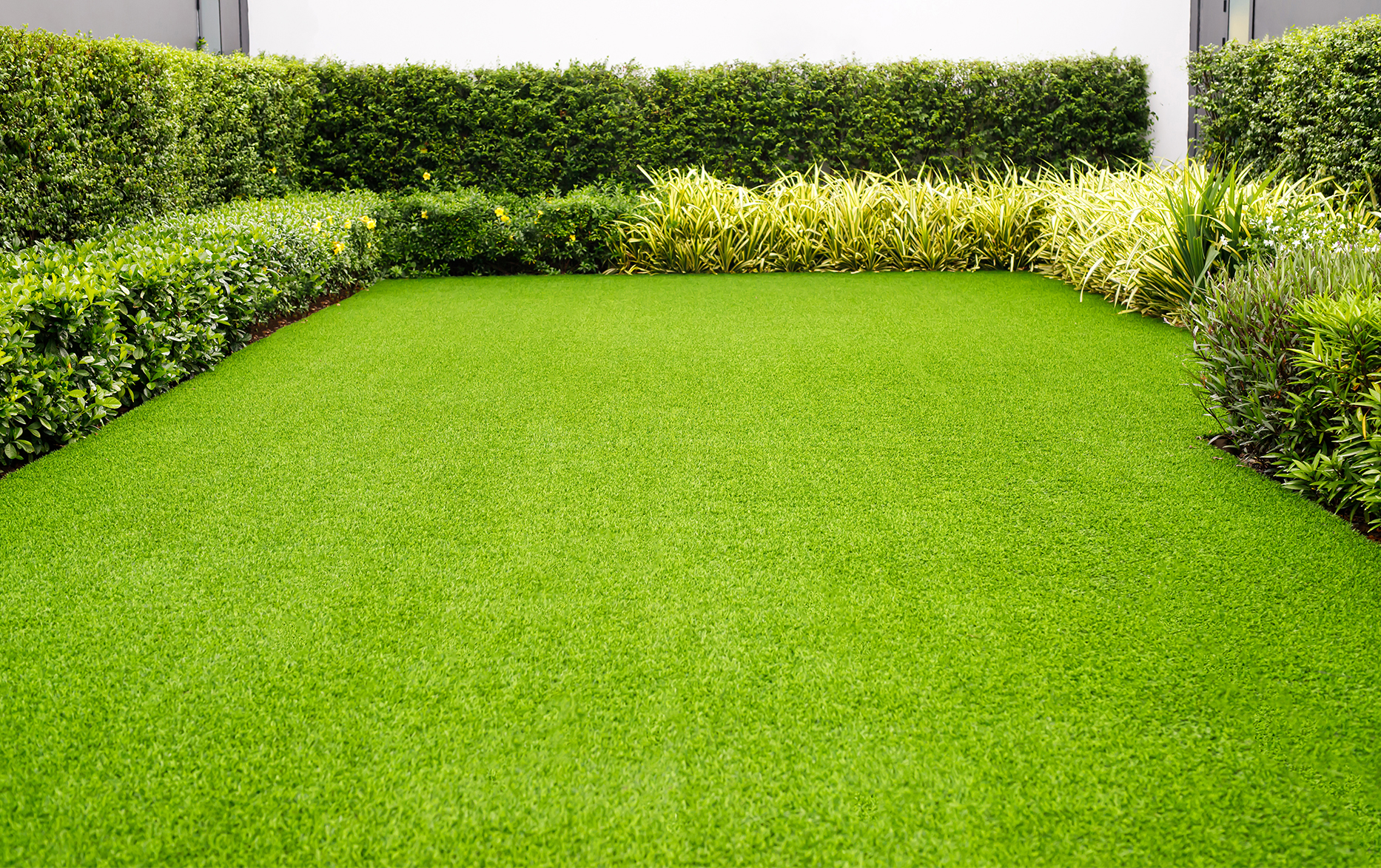Reputable Phoenix Turf Companies Providing Superior Synthetic Grass Installation
Reputable Phoenix Turf Companies Providing Superior Synthetic Grass Installation
Blog Article
Look Into the Environmental Benefits of Opting for Synthetic Grass Solutions
The fostering of man-made turf remedies presents a compelling possibility to deal with pushing ecological challenges. By significantly minimizing water use and minimizing the application of dangerous chemicals, these choices not just advertise sustainable landscape design however likewise protect regional ecosystems.
Water Conservation Conveniences
One of the most substantial advantages of fabricated lawn is its capacity to save water. In comparison, artificial turf does not need watering, significantly minimizing the general demand for water sources.
By removing the requirement for normal watering, synthetic grass adds to sustainable landscape techniques and assists minimize the environmental effect of excessive water usage. The conservation of water prolongs to the decrease of overflow, which can lead to soil disintegration and river air pollution.
Furthermore, the installment of artificial turf enables homeowners and towns to designate water sources much more effectively, concentrating on vital uses such as alcohol consumption water and agriculture. The shift towards synthetic grass not just advertises accountable water use but also aligns with broader environmental objectives targeted at protecting all-natural sources.
As areas increasingly focus on sustainability, the water preservation advantages of man-made grass provide an engaging instance for its fostering in property and industrial landscape design tasks.
Decreased Chemical Use
The change to synthetic grass substantially lowers the dependence on chemical treatments commonly made use of in all-natural turf maintenance. Typical grass administration normally involves the application of plant foods, pesticides, and herbicides to promote development and control insects. These chemicals can posture threats to human health and wellness, neighborhood wildlife, and the setting, adding to soil and water contamination.
On the other hand, artificial turf gets rid of the need for these harmful compounds. Once set up, it requires very little maintenance, mainly containing routine cleansing and seldom infill replenishment. This decrease in chemical use not only profits the immediate environment yet likewise adds to wider ecological security. By lessening the launch of synthetic compounds into the community, synthetic grass promotes healthier soil and water supply.
Furthermore, the absence of chemical overflow connected with artificial grass setups assists secure local waterways from pollution, supporting aquatic life and keeping biodiversity. Arizona turf. As communities progressively prioritize sustainable methods, going with synthetic grass presents a viable option that straightens with ecological conservation goals. Through this change, building proprietors can delight in rich eco-friendly areas without jeopardizing environmental health and wellness, paving the way for a more sustainable future
Reduced Carbon Impact

Moreover, the installation of synthetic grass can lead to substantial water conservation. All-natural lawns call for considerable amounts of water for watering, which not only includes in the carbon footprint linked with water removal and treatment but likewise pressures discover this info here neighborhood water sources. In comparison, artificial turf needs marginal maintenance, calling for no watering, therefore substantially lowering water use and its connected energy expenses.
In addition, the long life of synthetic grass adds to its lower carbon influence. With a lifespan of as much as 15 years or even more, the requirement for frequent substitutes is reduced, causing much less waste and reduced energy consumption in manufacturing and disposing of traditional lawn choices. Generally, synthetic grass offers a lasting option for environmentally conscious landscaping.
Habitat Preservation
Environment conservation is an important factor to consider in the discussion over landscape design options, specifically when comparing synthetic grass to all-natural yard. Natural lawn lawns typically need comprehensive maintenance, including using fertilizers, chemicals, and herbicides, which can detrimentally affect local communities. These chemicals can leach right into the soil and waterways, harming native vegetation and fauna and disrupting neighborhood environments.
Fabricated turf gets rid of the requirement for hazardous chemicals, consequently safeguarding close-by wildlife and maintaining the stability of bordering environments. The setup of man-made grass can lead to the conversion of previous grass areas right into more biodiverse landscapes, such as pollinator yards or native plant locations, which can sustain neighborhood wild animals.
Ultimately, the transition to artificial turf not just conserves water and decreases maintenance efforts but also fosters a more unified partnership in between human tasks and the native environment, promoting environment preservation at the same time.
Long-Term Sustainability
Lasting click over here now sustainability is an important element in assessing the benefits of fabricated turf over typical turf yards. One of one of the most substantial advantages of synthetic turf is its resilience; it can last approximately 15-20 years with marginal maintenance, whereas natural grass requires frequent reseeding and substitute. This longevity decreases the demand for continuous resources, such as water, fertilizers, and chemicals, which are important for maintaining a healthy and balanced grass lawn.
Additionally, fabricated grass adds to a reduction in carbon exhausts related to grass care tools. Typical yards usually require gas-powered lawn mowers, trimmers, and blowers, every one of which add to air my sources pollution. Turf installation phoenix az. In contrast, synthetic grass removes the need for such equipment, advertising a cleaner environment
Additionally, the manufacturing of synthetic turf significantly utilizes recycled materials, improving its sustainability profile. As suppliers adopt green practices, the ecological footprint of synthetic grass remains to reduce.

Verdict
The fostering of artificial turf remedies presents significant environmental advantages, including significant water preservation, reduced reliance on dangerous chemicals, and a reduced carbon footprint. Furthermore, man-made turf help in protecting all-natural habitats by decreasing land disturbance and promoting long-term sustainability through the use of sturdy products. Jointly, these variables underscore the possibility of fabricated grass to contribute positively to environmental health and offer a viable choice to conventional landscaping techniques in a significantly resource-conscious globe.
In contrast, synthetic turf does not require watering, significantly minimizing the total need for water resources. By minimizing the launch of synthetic compounds into the environment, man-made turf advertises much healthier dirt and water systems.
Additionally, the setup of fabricated grass can result in significant water conservation. In comparison, man-made turf requires minimal maintenance, calling for no watering, therefore substantially reducing water usage and its linked energy prices.

Report this page